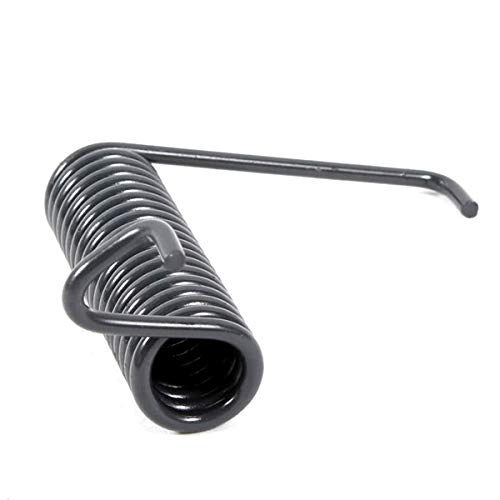



I recommend familiarising yourself with the core function of this type of cleaning apparatus. At its heart, it utilises a crankshaft that transforms rotational energy into high-pressure fluid dynamics. The key components include pistons, a delivery system, and an inlet, all working together to generate substantial pressure for efficient cleaning.
The crankshaft spins within a cylinder block, leading to the rods’ motion. As these rods move, they drive the pistons back and forth, creating a suction effect that pulls in water through the inlet. This initial step is crucial; without proper water intake, the system cannot build pressure effectively.
Once the pistons are in motion, they compress the incoming water. As the piston moves to its compressed position, the water is forced out at high velocity through the nozzle. This action is what enables the unit to blast away dirt and grime from various surfaces. Understanding this fluid interaction is vital for troubleshooting and maintenance, ensuring optimal performance and longevity of your equipment.
Understanding the Components of an Axial Pressure Washer Pump
The heart of this cleaning machine is its motor assembly, which drives the entire system efficiently. A reliable motor ensures consistent performance and durability under various operating conditions.
Crucial to the mechanics is the cylinder block, housing the plungers or pistons that create high-pressure output. The arrangement of these components directly affects the pressure generated; multiple plungers allow for a smoother flow and increased pressure capabilities.
Connecting rods link the plungers to the crankshaft, converting rotational motion into linear movement. It’s vital these rods are robust to withstand the pressures generated during operation, ensuring longevity and smooth performance.
The valve assemblies play a significant role in controlling the flow of water. Inlet and outlet valves regulate the passage of water into and out of the pump. These valves must seal tightly to prevent leaks, which can diminish efficiency and performance.
The unloader valve is another essential component. It regulates pressure by diverting excess water back to the inlet side when the desired pressure is reached. This prevents damage to the system from overloading while helping maintain a constant pressure during operation.
An integrated detergent injection system can enhance cleaning performance. It enables the machine to mix cleaning solutions with water, allowing for targeted cleaning and improved results on tough stains.
Lastly, the casing protects the inner mechanics from external elements. A durable casing ensures reliability and safety during operation while contributing to the overall longevity of the unit.
Initiating Water Flow in the System
Water flow is initiated through a precisely designed mechanism within the unit. When the operator activates the trigger on the spray gun, it opens the internal valve, creating a passage for water to enter. This water is drawn from a connected source, typically a hose linked to a tap or reservoir.
The suction process starts as the inlet valve opens, allowing water to be pulled into the apparatus. A built-in diaphragm or check valve ensures that water flows in one direction, preventing backflow. As the liquid enters, it fills the inlet chamber, leading to increased pressure within the system.
A key component, usually a filter screen, occupies the inlet side to trap debris and impurities before they can enter the internal workings. This prevents clogs and damage, ensuring a smooth flow. The water’s entry is backed by a pressure switch that monitors the flow; if it detects a drop in pressure, it activates the motor, enabling the pump to function effectively.
As the pump operates, it pushes the water towards the outlet side, converting it into a high-pressure stream. This transformation is facilitated by the rotation of the pump’s internal components, which compress the incoming water, propelling it forward. The continuous cycle of influx and compression maintains the flow as long as the trigger remains engaged. Once released, the system ceases water flow, allowing the components to reset until reactivated.
The Role of the Cam and Pistons in Generating Pressure
The cam and pistons serve a pivotal function in creating high pressure within the system. The cam, typically a rotating component, pushes against the pistons. As the cam rotates, it engages each piston sequentially, resulting in a back-and-forth motion. This oscillation is what facilitates the compression of water.
A key aspect of this mechanism is the precise alignment between the cam profile and the pistons. Variations in the cam’s design can significantly impact pressure output. For instance, a cam with a steeper profile increases the stroke of the pistons, thus amplifying the water pressure produced per cycle.
To enhance performance, the pistons must be constructed from durable materials, such as ceramic, which can withstand the high forces exerted during operation. This durability ensures longevity and reliability, reducing maintenance frequency while providing consistent results.
| Component | Function |
|---|---|
| Cam | Acts as a driver for pistons, generating linear motion. |
| Piston | Compresses water by converting linear motion into high-pressure water flow. |
| Cam Profile | Affects stroke length and pressure output. |
| Material (Ceramic) | Ensures durability while resisting wear and tear. |
Regular inspection of both the cam and pistons is recommended, as any wear may lead to reduced efficiency and pressure loss. Ensuring a proper lubricating system is also vital to mitigate friction, allowing these components to function smoothly and extend their lifespan.
Pressure Regulation in the Pump
.jpg)
Effective regulation of water pressure within the unit is achieved through specific components working in unison. The primary element contributing to this is the unloader valve, which monitors the outgoing pressure. As the water exits, if the pressure exceeds a pre-set level, this valve diverts some of the fluid back to the inlet side, thus maintaining a consistent output.
Another critical aspect is the design of the piston assembly. Each piston is calibrated to exert a precise amount of force during rotation, which directly influences the pressure generated. This balance between the hydraulic and mechanical components is meticulously engineered to ensure stability during operation.
Adjustable nozzles also play a significant role in pressure management. By altering the nozzle size, the user can change the flow rate and pressure, providing flexibility depending on the cleaning task at hand. This adaptability allows for efficient cleaning across various surfaces without compromising performance.
Regular maintenance of the system, including checking the unloader valve and ensuring seals are intact, is vital to prevent fluctuations in pressure. Frequent inspections help in identifying wear or blockages that might disrupt pressure regulation. Keeping the unit clean further aids in sustaining optimal performance.
In summary, successful pressure control within the system hinges on the integration of the unloader valve, piston mechanics, and adjustable nozzles, alongside routine checks and maintenance to ensure longevity and performance consistency.
Common Issues and Troubleshooting Tips for Axial Pumps
Inspect the water inlet filter regularly. A clogged filter can significantly reduce performance. Clean or replace it if necessary.
Loud noises can indicate worn bearings or cavitation. Check for any irregular sounds during operation. If you suspect bearing wear, consider replacing them immediately to avoid further damage.
Pressure Fluctuation
.jpg)
Pressure inconsistency may arise from air trapped in the system or a failing unloader valve. Bleed the system by running water through the unit without the nozzle attached. If issues persist, inspect and clean the unloader valve.
Leak Management
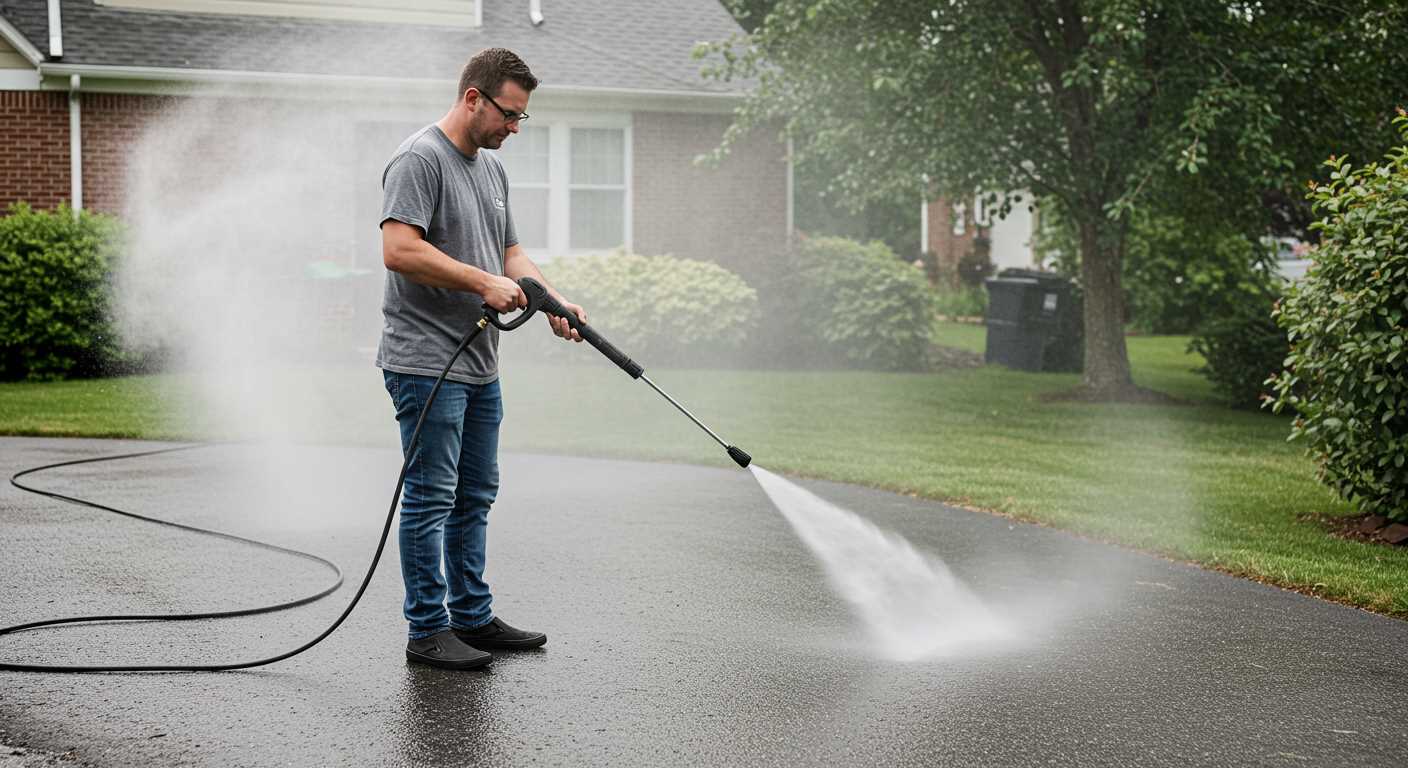
- Inspect seals and O-rings regularly. Damaged seals can lead to leaks. Replace any worn or cracked components.
- Check connections for tightness. Loose fittings can cause water to escape.
- If the cylinder head is leaking, it might require a full seal replacement to rectify the problem.
For any persistent issues, consult the manufacturer’s manual for specific troubleshooting steps related to your equipment model. Regular maintenance is key to prolonged performance and reliability.
Maintaining Your Axial Pressure Washer Pump for Longevity
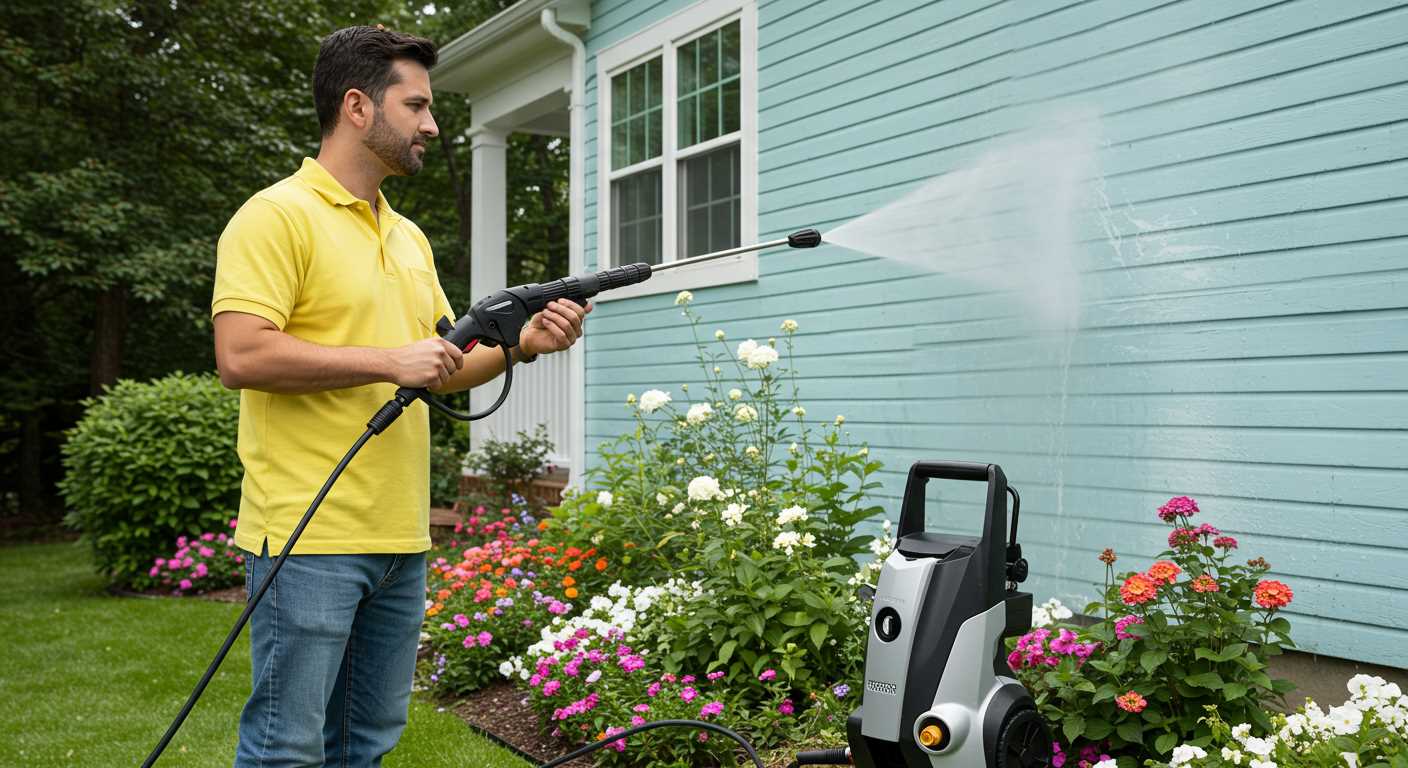
Regular maintenance can extend the lifespan of your cleaning equipment significantly. Begin with examining the oil levels. Use the manufacturer’s recommended oil type; low or contaminated oil can lead to overheating and severe damage. Always check the oil before use and replace it per the schedule outlined in your manual.
Cleaning and Inspection
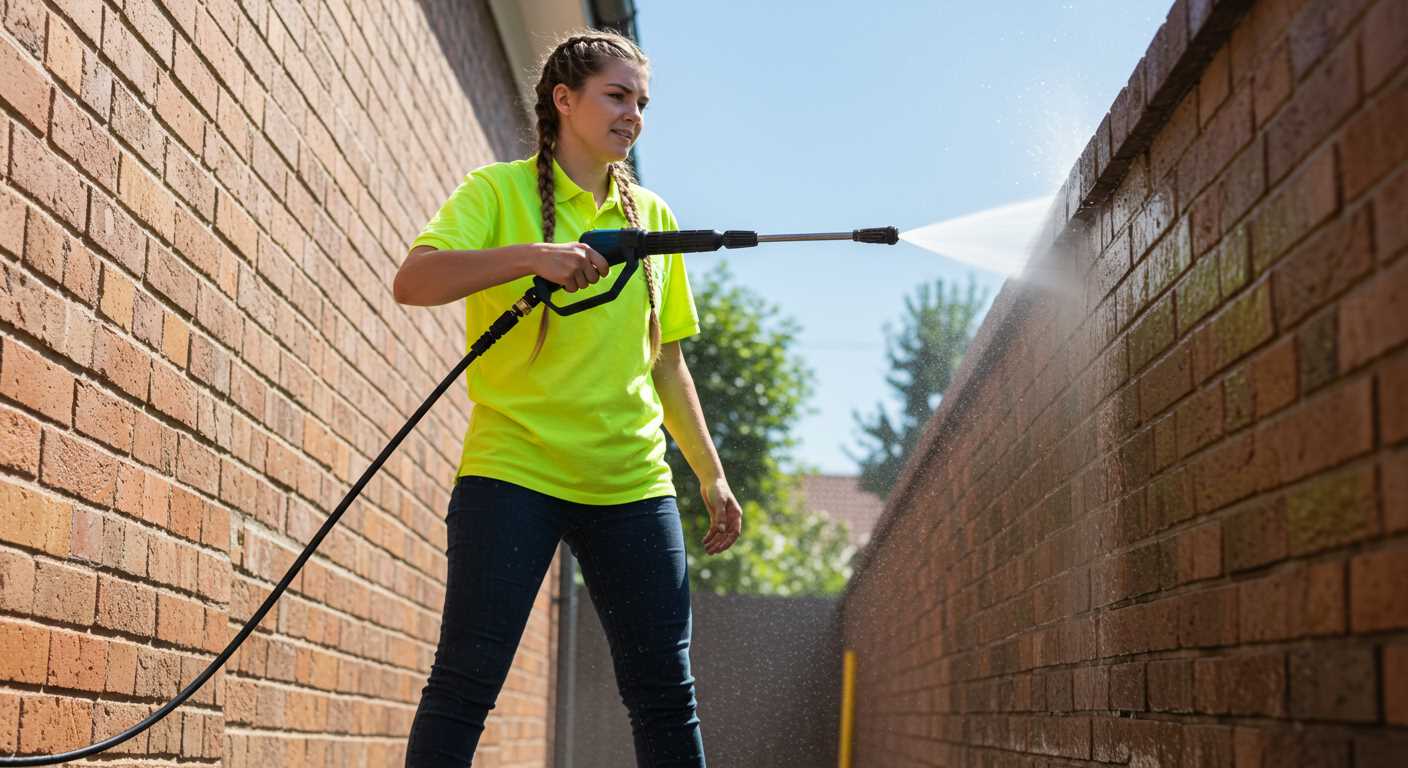
Periodically inspect the components for wear and tear, focusing on seals and fittings. Any leaks should be addressed immediately, as they can compromise performance and expose internal parts to moisture, leading to rust. Flush the system periodically with clean water to prevent debris buildup, which can clog the system and strain the components.
Winter Preparation
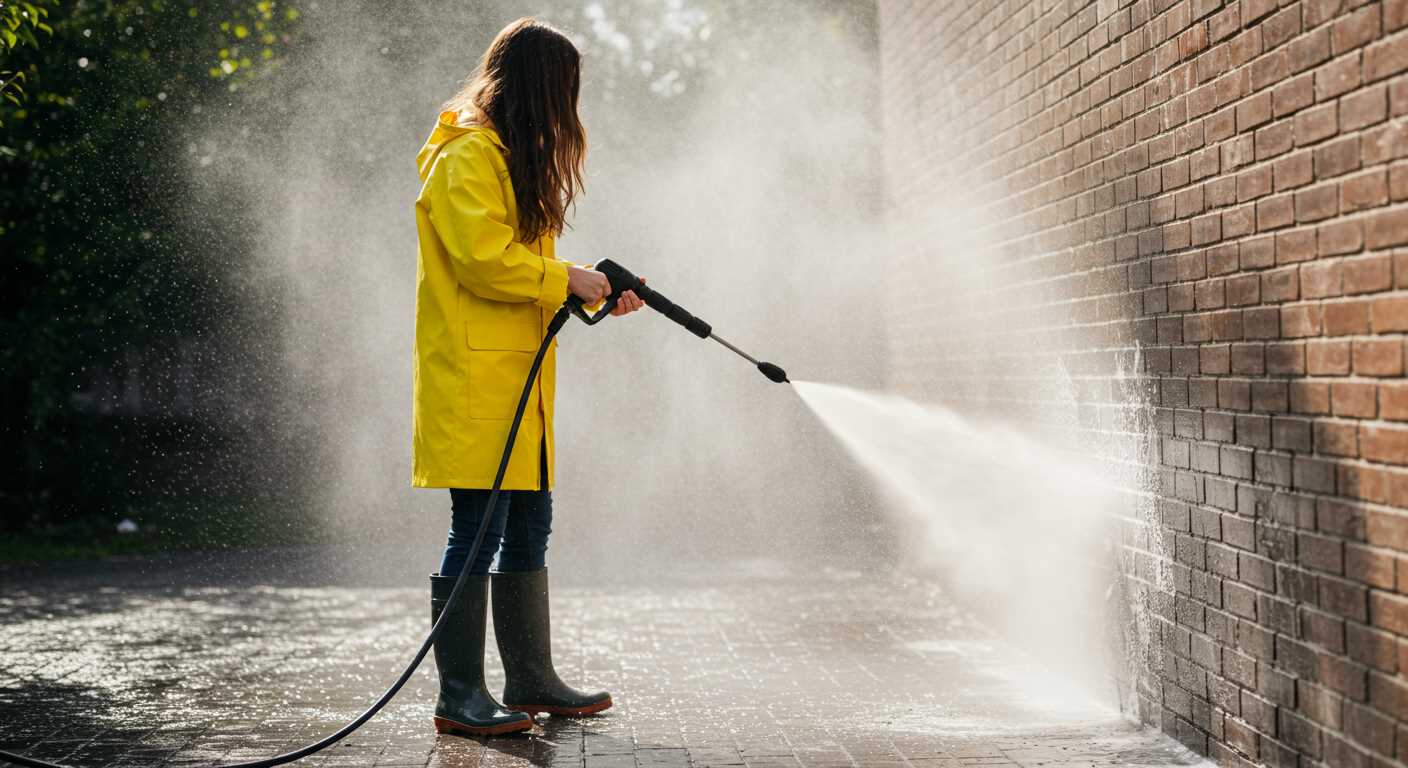
In colder months, protect the equipment from freezing temperatures. Drain any residual water completely and consider using antifreeze designed for such machines. Store the unit in a temperature-controlled environment if possible.
Each time after usage, disconnect the hoses and run the pump briefly to expel moisture. Use a soft cloth to clean the exterior and remove any grime or grease that accumulates during operation. This not only keeps it looking new but also helps in spotting any potential issues early.
Finally, make it a habit to refer to the user manual for specific guidelines and recommended maintenance routines. This ensures that your device operates at peak efficiency and lasts for years to come.




